Introduction To Caddis Flies - Advice For the Fly Fisherman
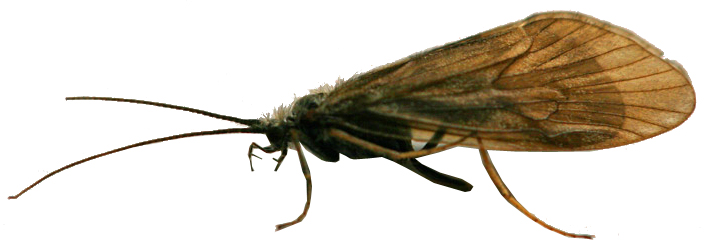 As ever in this blog we will keep returning to the subject of fly fishing flies. It’s a large, fascinating subject, and it’s as well to learn as much as you can about their entomology, behaviour, habitat and habits as part of your fly fishing arsenal. Knowing as much as you can about the real insects also helps you select the perfect artificial flies for different angling expeditions under a wide range of conditions. Today we will look specifically at Caddis Flies
As ever in this blog we will keep returning to the subject of fly fishing flies. It’s a large, fascinating subject, and it’s as well to learn as much as you can about their entomology, behaviour, habitat and habits as part of your fly fishing arsenal. Knowing as much as you can about the real insects also helps you select the perfect artificial flies for different angling expeditions under a wide range of conditions. Today we will look specifically at Caddis Flies

One of the stars, and the one which merits a big discussion, is the caddis (or sedge) fly. To those of you who are freshwater anglers, especially whether you’ve ever plied the trout and steelhead water of the western portion of North America, or stick to local fisheries in the UK, the caddis is a fish catching machine. And western fly anglers aren't the only ones to benefit from its power – they are available to trout in goodly numbers all across the globe.
Caddis flies are relatively large aquatic insects and provide hungry trout with an excellent source of nutritional protein. An important aspect of fly fishing is to understanding a fly’s typical life cycle and develop the ability to identify them from the larval all the way through to the adult.
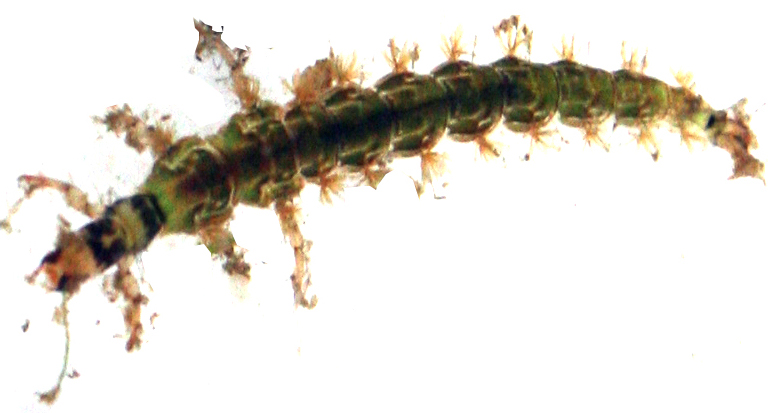 The caddis, unlike mayflies and stoneflies, undergoes a complete metamorphosis, from larva, pupa, and adult stages within a typical life cycle, rather than just a single nymph stage. Through the larval stage, caddis look like tiny, segmented worms. These wriggly beasts are classified as either “cased”or “free-living” caddis larvae.
The caddis, unlike mayflies and stoneflies, undergoes a complete metamorphosis, from larva, pupa, and adult stages within a typical life cycle, rather than just a single nymph stage. Through the larval stage, caddis look like tiny, segmented worms. These wriggly beasts are classified as either “cased”or “free-living” caddis larvae.
Cased caddis spend their entire larval stage protected by a self-constructed case. These are cleverly and resourcefully made out of vegetation, gravel, and other tiny bits of debris and held together by a sticky silk secreted by the bug specifically for this purpose. Cased caddis are abundant in every kind of trout water you can imagine because of their aggressive nature and ability to feed on active, similarly-sized prey.
Free-living caddis larvae, on the other hand are found cruising on the river bottom. Equally they may hide beneath the shelter of spun silk "tents." This type needs strong in-flowing or out-flowing currents to survive because they make a living by trapping their food in bits as it flows by them - for them a much easier task than yours when you’re fly fishing!
When fly fishing with caddis as bait, you will need to consider the variety of colours they come in. The most common species of caddis larvae range from greyish-white to reddish-brown to a bright green colour. The latter colour is known in fly fishing and fly tying circles as "caddis green."
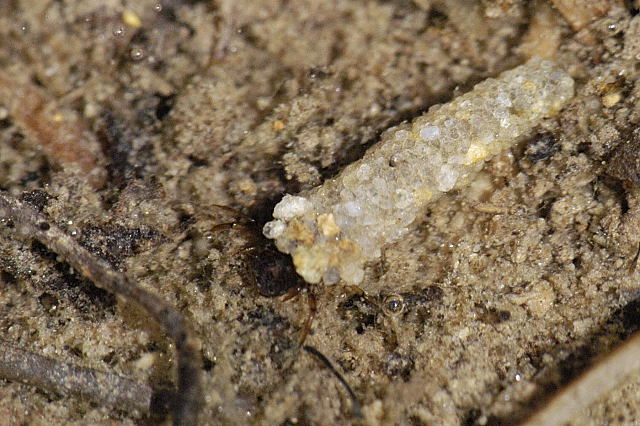 At the pupal stage, caddis are at rest. At this time the insect constructs a shelter of rocks or silk and remains in the cocoon until it ready to hatch into a winged adult. When the pupa emerges from its cocoon it is still encased by in translucent pupal shuck. To complete its emergence it swims quickly to the surface film. It is in their interest to emerge from their pupal shuck as quickly as possible owing to the fact that they are extremely vulnerable when hanging in the surface film. Once the winged adult has fully emerged, it continues to act with a sense of urgency, and wastes no time flitting from the surface of the water to the safety of nearby trees and embankment vegetation.
At the pupal stage, caddis are at rest. At this time the insect constructs a shelter of rocks or silk and remains in the cocoon until it ready to hatch into a winged adult. When the pupa emerges from its cocoon it is still encased by in translucent pupal shuck. To complete its emergence it swims quickly to the surface film. It is in their interest to emerge from their pupal shuck as quickly as possible owing to the fact that they are extremely vulnerable when hanging in the surface film. Once the winged adult has fully emerged, it continues to act with a sense of urgency, and wastes no time flitting from the surface of the water to the safety of nearby trees and embankment vegetation.
Winged adults live significantly longer than mayflies and will spend up to two or three full weeks away from the water. Once they are finally ready to mate, the males will gather near their home water to form a swarm. Females will turn up next to join the swarm to have their eggs fertilized. After a successful mating process, females will deposit their eggs on the water's surface to propagate the species.
Caddis are imitated by fly fishers and fly tyers in five distinct points of their life cycle. These are: the larvae, pupae, emerger, cripple, and winged adult stages. You fish larvae and pupae imitations entirely beneath the water's surface; both are designed to imitate these sub-surface life stages. An emerger is a specific artificial fly designed to imitate caddis during its emergence from pupa to winged adult. You fish this one just below the surface of the water or within the surface film. A cripple is similar to an emerger, though a little different in that it closely imitates an emergent caddis that has been caught or trapped in the surface film by its own pupal shuck, and therefore unable to hatch into a winged adult. The remaining artificial for fly fishing is a dry fly designed to imitate the caddis (usually a sexually mature female) during its adult life stage.
There are are various Caddis Flies Techniques that the fly fisherman can use including:
- use on a tapered leader, retrive 12" or 25cm and pause. Looks like natural caddis scating across the surface
- Banker rig, use with small grhe, baetis or pheasant tail on rivers. Balloon Caddis works really well
- On Stillwaters suspend buzzers below the eye of the caddis, retrieve 12" to 24" to lift the buzzers and pause to let the buzzers drop back into the feeding zone.

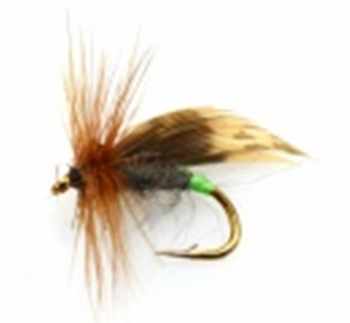
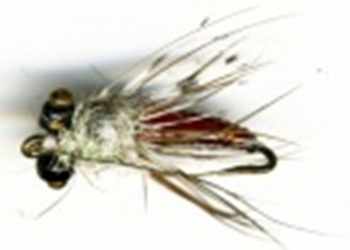




















Comprehensive and v useful info,thanks.